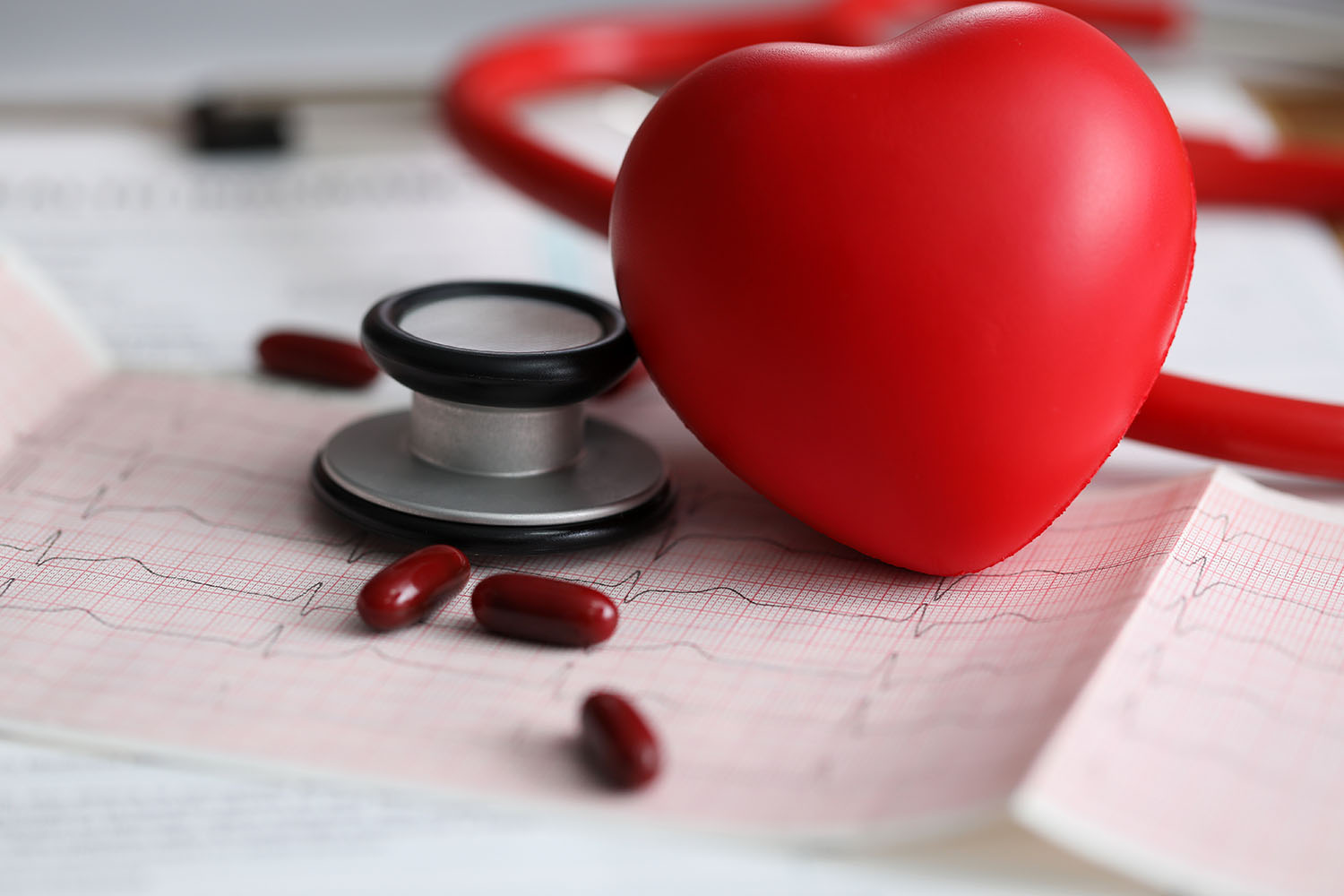Overview
Medical imaging has revolutionized the way we diagnose and treat various conditions, with angiograms being a pivotal tool in the realm of cardiovascular care. So, what is an angiogram? This sophisticated diagnostic procedure allows doctors to visualize the inside of blood vessels and organs, providing critical insights into vascular health.

What is an Angiogram?
An angiogram, also known as an arteriogram, is an imaging test that uses X-rays to take pictures of your blood vessels. To enhance the visibility of these vessels, a special dye (contrast material) is injected into the bloodstream. This contrast agent highlights the arteries and veins on the X-ray images, allowing for detailed observation of blood flow and vessel structure.
The Procedure: How It Works
During an angiogram, a catheter (a thin, flexible tube) is inserted into a blood vessel, usually in the groin or arm. The catheter is carefully guided to the area being examined. Once in place, the contrast dye is injected through the catheter. X-ray images are then taken as the dye moves through the blood vessels.
The procedure is typically performed under local anesthesia, meaning the patient is awake but the area where the catheter is inserted is numbed. Sedatives may also be given to help the patient relax. An angiogram can take anywhere from 30 minutes to a few hours, depending on the complexity of the case.
Applications of Angiograms
Angiograms are primarily used to identify and diagnose vascular conditions, including:
Coronary Artery Disease (CAD): Angiograms can reveal blockages or narrowing in the coronary arteries, which supply blood to the heart. This information is crucial for diagnosing heart conditions and planning treatments like angioplasty or bypass surgery.
Aneurysms: An angiogram can detect aneurysms, which are abnormal bulges in blood vessels that can lead to life-threatening ruptures if not treated.
Peripheral Artery Disease (PAD): This test helps diagnose PAD by showing blockages in the arteries of the legs, which can cause pain and mobility issues.
Stroke Diagnosis and Treatment: In the event of a stroke, an angiogram can identify blockages or abnormalities in the brain’s blood vessels, guiding interventions such as clot removal.
Tumor Vascularity: Angiograms can map the blood supply to tumors, aiding in surgical planning and targeted therapies.
Risks and Considerations
While angiograms are generally safe, they do carry some risks, including:
Allergic Reactions: Some patients may react to the contrast dye.
Bleeding or Bruising: At the catheter insertion site.
Infection: Though rare, there’s a slight risk of infection.
Radiation Exposure: The procedure involves X-rays, so minimal radiation exposure is inevitable.
However, the benefits of accurately diagnosing and effectively treating serious conditions usually outweigh these risks.
Advances and Innovations
Recent advancements in imaging technology have further enhanced the effectiveness of angiograms. For example, CT angiography and MR angiography are non-invasive alternatives that provide high-resolution images without the need for catheter insertion. These methods reduce patient discomfort and the risk of complications.
International research continues to push the boundaries of angiography. Studies are exploring new contrast agents, improved imaging techniques, and even artificial intelligence to enhance image analysis and diagnosis accuracy. The ongoing development ensures that angiograms remain a cornerstone of modern medical diagnostics.
In summary, what is an angiogram? It’s a vital diagnostic tool that provides detailed images of blood vessels, enabling the detection and treatment of various vascular conditions. While it involves some risks, the benefits in terms of accurate diagnosis and effective treatment are significant. As medical technology continues to evolve, angiograms are likely to become even more integral to patient care worldwide, reflecting the ongoing commitment to improving health outcomes through advanced diagnostic methods.


